Home>Furniture & Design>Interior Design Trends>What Is Crystal Glass
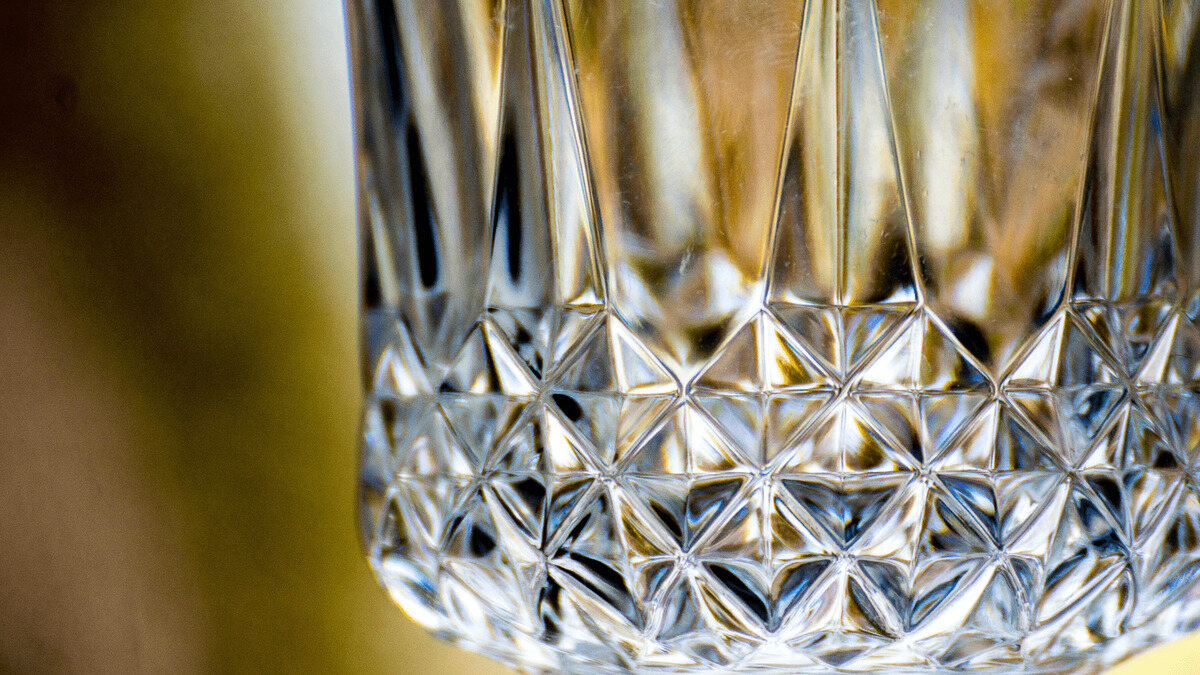

Interior Design Trends
What Is Crystal Glass
Modified: February 18, 2024
Discover the latest interior design trend with crystal glass. Learn about its uses, benefits, and how to incorporate it into your home decor. Explore the elegance and versatility of crystal glass today!
(Many of the links in this article redirect to a specific reviewed product. Your purchase of these products through affiliate links helps to generate commission for Storables.com, at no extra cost. Learn more)
Introduction
Crystal glass has long been revered for its timeless elegance and exquisite craftsmanship. Renowned for its clarity, brilliance, and luxurious appeal, crystal glass has adorned homes, palaces, and fine dining establishments for centuries. This exquisite material has transcended generations, captivating the hearts of art enthusiasts and interior design aficionados alike.
The allure of crystal glass lies in its ability to refract light, creating a dazzling display of prismatic colors that dance across its surface. This captivating interplay of light and glass lends an ethereal quality to crystal glass, making it a coveted choice for decorative and functional purposes.
As we delve into the world of crystal glass, we will explore its defining characteristics, diverse types, and versatile applications. From the intricacies of its composition to the artistry of its production, crystal glass embodies a rich tapestry of history, innovation, and sheer opulence. Join us on this enchanting journey as we unravel the mystique of crystal glass and uncover the secrets behind its enduring allure.
Key Takeaways:
- Crystal glass, with its exceptional clarity and brilliance, adds a touch of luxury to homes and fine dining. Its ability to refract light creates a dazzling display of colors, elevating any space with timeless elegance.
- Identifying genuine crystal glass involves observing its clarity, weight, and resonant tones. Look for maker’s marks and trust your senses to appreciate the enduring allure of this exquisite material.
Read more: What Is A Crystal Glass?
Definition of Crystal Glass
Crystal glass, often referred to simply as crystal, is a high-quality, transparent glass that is prized for its exceptional clarity, brilliance, and resonance. Unlike standard glass, crystal glass contains a higher percentage of lead oxide, which contributes to its superior reflective properties and distinctive sound when struck. The lead content in crystal glass enhances its refractive index, allowing it to disperse light into a dazzling spectrum of colors, creating a mesmerizing display known as "fire."
One of the defining characteristics of crystal glass is its exceptional craftsmanship, which involves meticulous attention to detail and precision in the manufacturing process. This dedication to excellence results in glassware that exudes an unparalleled sense of luxury and sophistication, making it a coveted choice for both practical and ornamental purposes.
The term "crystal" is often used interchangeably with "lead crystal," particularly in the context of fine glassware and decorative items. However, it's important to note that not all crystal glass contains lead. In recent years, advancements in glass technology have led to the development of lead-free crystal, which offers similar optical properties and aesthetic appeal while addressing concerns related to lead content.
In the realm of interior design and luxury decor, crystal glass holds a revered status, adorning chandeliers, stemware, vases, and various other ornamental pieces. Its ability to refract and reflect light with unparalleled brilliance adds an enchanting dimension to any space, elevating the ambiance and creating a sense of opulence.
The allure of crystal glass extends beyond its visual appeal, as it also possesses a distinct acoustic quality. When gently tapped, crystal glass produces a clear, resonant tone that is often described as "ringing." This unique auditory characteristic adds to the mystique of crystal glass, further enhancing its desirability and lending an air of sophistication to any setting.
In essence, crystal glass represents the epitome of glassmaking artistry, embodying a harmonious blend of technical expertise, aesthetic refinement, and timeless elegance. Its enduring popularity and timeless allure continue to captivate connoisseurs and enthusiasts, cementing its status as a cherished symbol of luxury and refinement.
Types of Crystal Glass
Crystal glass encompasses a diverse array of types, each distinguished by unique characteristics and applications. Understanding the distinctions between these types is essential for appreciating the versatility and allure of crystal glass in various contexts. Let's explore some of the most prominent types of crystal glass:
-
Lead Crystal:
Lead crystal, also known as leaded crystal, is renowned for its exceptional clarity, brilliance, and weight. It contains a significant proportion of lead oxide, typically around 24%, which contributes to its superior optical properties. Lead crystal is favored for its ability to refract light with remarkable intensity, creating a stunning display of colors and a captivating sparkle. This type of crystal glass is commonly used in the production of fine stemware, chandeliers, and decorative figurines, where its luxurious aesthetic and luminous allure are highly prized. -
Swarovski Crystal:
Swarovski crystal, a proprietary type of lead glass produced by Swarovski AG, is celebrated for its precision-cut facets and exceptional clarity. Renowned for its use in jewelry, sculptures, and couture embellishments, Swarovski crystal is revered for its unparalleled brilliance and exquisite craftsmanship. The precise cutting techniques employed in the production of Swarovski crystal result in a mesmerizing play of light, making it a coveted choice for creating radiant adornments and ornamental pieces. -
Optical Crystal:
Optical crystal, also known as lead-free crystal, has gained prominence as a contemporary alternative to traditional lead crystal. This type of crystal glass is formulated without lead oxide, offering similar optical properties while addressing concerns related to lead content. Optical crystal is prized for its exceptional clarity and purity, making it an ideal choice for precision optics, laser components, and high-end decorative items. Its pristine transparency and light-dispersing capabilities make it a versatile material for creating sophisticated, modern designs. -
Art Glass:
Art glass encompasses a wide spectrum of creative and decorative crystal glass pieces that showcase artistic expression and ingenuity. This category includes hand-blown glass sculptures, intricately crafted vases, and avant-garde installations that push the boundaries of traditional glassmaking. Art glass celebrates the fusion of artistic vision and technical skill, resulting in one-of-a-kind pieces that exude creativity and individuality. Its diverse forms and captivating designs make art glass a captivating addition to contemporary interiors and artistic showcases. -
Reproduction Crystal:
Reproduction crystal refers to glassware and decorative items that emulate the aesthetic qualities of traditional crystal glass without containing lead. This type of crystal glass is designed to capture the allure of classic crystal while adhering to modern safety standards. Reproduction crystal offers a compelling blend of vintage elegance and contemporary sensibilities, making it a popular choice for homeowners and collectors seeking timeless sophistication without compromising on safety and environmental considerations.
The myriad types of crystal glass exemplify the enduring appeal and adaptability of this exquisite material, each contributing to the rich tapestry of glassmaking artistry and innovation. Whether adorning a grand chandelier, gracing a dining table, or serving as a focal point in contemporary art installations, crystal glass continues to captivate and inspire with its timeless beauty and multifaceted allure.
Properties of Crystal Glass
Crystal glass exhibits a remarkable set of properties that distinguish it from conventional glass and contribute to its enduring allure and versatility. From its optical brilliance to its tactile elegance, crystal glass embodies a harmonious blend of aesthetic refinement and functional excellence.
Exceptional Clarity and Brilliance
One of the defining properties of crystal glass is its exceptional clarity, which allows light to pass through with minimal distortion, creating a luminous and ethereal effect. This unparalleled transparency is achieved through the meticulous crafting and polishing of the glass, resulting in a surface that is free from imperfections and impurities. When light interacts with crystal glass, it undergoes a breathtaking transformation, refracting and dispersing into a dazzling spectrum of colors, known as "fire." This captivating display of brilliance elevates the visual impact of crystal glass, making it a captivating focal point in any setting.
Read more: What Are Noble Crystal Glasses?
Superior Refractive Index
The presence of lead oxide in traditional crystal glass contributes to its superior refractive index, enabling it to bend and scatter light with exceptional intensity. This optical property gives crystal glass its characteristic sparkle and radiance, enhancing the allure of decorative items and creating a captivating play of light in chandeliers, stemware, and ornamental pieces. The mesmerizing interplay of refracted light within crystal glass adds a dynamic dimension to its visual appeal, infusing spaces with an enchanting ambiance and a sense of opulence.
Resonant Acoustic Qualities
In addition to its visual splendor, crystal glass possesses unique acoustic properties that set it apart from standard glass. When gently tapped or struck, crystal glass produces a clear, lingering tone that resonates with a pure, bell-like quality. This distinctive auditory characteristic adds an enchanting dimension to the sensory experience of crystal glass, further enhancing its allure and creating a multisensory impact. The resonant tones emitted by crystal glass imbue it with a sense of sophistication and elegance, elevating its status as a cherished material for both functional and decorative purposes.
Weight and Tactile Elegance
Crystal glass is renowned for its substantial weight and tactile elegance, offering a luxurious and substantial feel that enhances its perceived value and desirability. The heft and solidity of crystal glassware contribute to a sense of refinement and sophistication, elevating the dining and entertaining experience. Whether sipping from a fine crystal goblet or admiring the intricate details of a chandelier, the tactile experience of crystal glass imparts a sense of indulgence and luxury, elevating everyday moments into extraordinary occasions.
In essence, the properties of crystal glass converge to create a sensory symphony of light, sound, and touch, captivating the senses and enriching the aesthetic landscape of interior design and decorative arts. Its exceptional clarity, refractive prowess, resonant tones, and tactile allure collectively define crystal glass as a timeless embodiment of elegance and refinement.
Uses of Crystal Glass
Crystal glass, with its unparalleled beauty and exquisite properties, finds a myriad of captivating uses across diverse domains. From ornamental embellishments to functional applications, the allure of crystal glass transcends mere aesthetics, enriching spaces with its luminous presence and timeless elegance.
Read more: How Is Crystal Glass Made?
Decorative Elegance
In the realm of interior design, crystal glass takes center stage as a symbol of opulence and refinement. Adorning chandeliers, sconces, and lighting fixtures, crystal glass infuses spaces with a captivating radiance, casting a mesmerizing play of light and shadow. Its ability to refract and disperse light into a dazzling spectrum of colors elevates the ambiance of grand ballrooms, luxurious residences, and upscale establishments, creating an enchanting visual spectacle that captivates the beholder.
Fine Dining and Entertaining
Crystal glassware, including wine goblets, champagne flutes, and decanters, embodies the epitome of sophistication and indulgence. The exquisite clarity and weight of crystal glass enhance the sensory experience of savoring fine wines and spirits, elevating the act of imbibing into a luxurious ritual. The refractive brilliance of crystal glassware adds a touch of glamour to formal dining settings, exuding an air of refinement and elegance that complements the culinary artistry of gourmet meals and celebratory occasions.
Artistic Expressions
Artists and craftsmen harness the captivating allure of crystal glass to create breathtaking sculptures, avant-garde installations, and bespoke art pieces. The transparency and luminosity of crystal glass serve as a canvas for artistic expression, capturing and refracting ambient light to imbue sculptural forms with a transcendent radiance. From contemporary art galleries to public installations, crystal glass sculptures and installations evoke a sense of wonder and enchantment, inviting viewers to immerse themselves in the ethereal beauty of light and glass.
Architectural Splendor
In architectural design, crystal glass panels and facades impart a sense of modernity and sophistication to commercial and residential structures. The sleek translucency of crystal glass complements contemporary aesthetics, allowing natural light to permeate interiors while creating a striking visual impact. From skyscrapers to avant-garde residences, the use of crystal glass in architectural elements reflects a harmonious fusion of functionality and artistic allure, redefining the boundaries of modern architectural expression.
Read more: What Are Riedel Crystal Glasses Made Of?
Timeless Heirlooms
Crystal glass, with its enduring beauty and timeless appeal, serves as cherished heirlooms that are passed down through generations. From intricately etched vases to delicately crafted figurines, crystal glass pieces become cherished mementos that evoke nostalgia and sentimentality. These timeless treasures not only adorn living spaces with their radiant presence but also carry the stories and memories of those who have cherished them, embodying the enduring legacy of craftsmanship and artistry.
In essence, the uses of crystal glass extend far beyond mere ornamentation, encompassing a rich tapestry of artistic, functional, and sentimental applications. Its ability to captivate the senses, elevate environments, and evoke emotions underscores the enduring allure and versatility of crystal glass in the realms of art, design, and everyday living.
How to Identify Crystal Glass
Identifying crystal glass involves a keen understanding of its distinctive characteristics and visual cues, allowing enthusiasts and collectors to discern its exquisite allure with confidence. Whether examining a delicate stemware piece or admiring a dazzling chandelier, several key indicators can help differentiate genuine crystal glass from standard glassware. Here are essential factors to consider when identifying crystal glass:
Optical Clarity and Brilliance
Crystal glass is renowned for its exceptional clarity and brilliance, which are evident upon close inspection. When held up to light, genuine crystal glass exhibits a remarkable transparency, allowing light to pass through with minimal distortion. Its pristine surface refracts and disperses light into a radiant spectrum of colors, creating a captivating display of luminosity known as "fire." By observing the interplay of light within the glass, one can discern the hallmark brilliance that distinguishes crystal glass from conventional glassware.
Weight and Tactile Sensation
The weight and tactile elegance of crystal glass provide valuable clues for identification. Genuine crystal glassware possesses a substantial weight and a sense of solidity that sets it apart from lighter, mass-produced glass items. When held in hand, crystal glass exudes a luxurious heft, conveying a tactile impression of refinement and quality. The tactile sensation of crystal glass reflects its superior craftsmanship and material density, offering a distinct contrast to the lightweight feel of ordinary glassware.
Resonance and Acoustic Properties
Another method to identify crystal glass involves assessing its resonant acoustic qualities. When gently tapped with a fingertip or a soft implement, such as a wooden dowel, crystal glass produces a clear, lingering tone with a bell-like resonance. This distinctive auditory characteristic is a hallmark of genuine crystal glass, reflecting its inherent purity and structural integrity. The resonant tones emitted by crystal glass convey a sense of sophistication and craftsmanship, providing a unique means of authentication.
Maker's Mark and Quality Assurance
Many reputable crystal glass manufacturers imprint their distinctive logos, marks, or signatures on their products to signify authenticity and quality. These identifying marks often appear on the base or stem of glassware, serving as a testament to the craftsmanship and heritage of the brand. By scrutinizing these maker's marks and researching renowned crystal glass producers, enthusiasts can gain valuable insights into the provenance and authenticity of their cherished pieces.
In summary, identifying crystal glass involves a holistic assessment of its optical, tactile, and auditory attributes, coupled with an appreciation for the artistry and heritage of renowned glassmakers. By honing their discerning eye and cultivating an understanding of these key identifiers, enthusiasts can confidently recognize and celebrate the timeless allure of genuine crystal glass.
Conclusion
In conclusion, the enigmatic allure of crystal glass transcends mere materiality, weaving a captivating narrative of timeless elegance, artistic ingenuity, and sensory enchantment. From its exceptional clarity and refractive brilliance to its resonant acoustic qualities and tactile allure, crystal glass embodies a symphony of sensory delights that elevate the aesthetic landscape of interior design, decorative arts, and everyday living.
As we have delved into the defining characteristics, diverse types, and multifaceted applications of crystal glass, it becomes evident that this exquisite material holds an enduring place of reverence in the realms of luxury decor, artistic expression, and functional refinement. Its ability to refract and disperse light with unparalleled radiance, creating a mesmerizing play of colors and shadows, infuses spaces with an ethereal ambiance that captivates the beholder.
The myriad types of crystal glass, from lead crystal to Swarovski crystal, optical crystal, art glass, and reproduction crystal, exemplify the adaptability and enduring appeal of this exquisite material. Each type contributes to the rich tapestry of glassmaking artistry and innovation, offering a diverse array of options for adorning interiors, creating artistic masterpieces, and preserving cherished traditions.
Furthermore, the uses of crystal glass extend far beyond mere ornamentation, encompassing a rich tapestry of artistic, functional, and sentimental applications. Whether gracing grand chandeliers, enhancing fine dining experiences, inspiring artistic expressions, adorning architectural marvels, or serving as timeless heirlooms, crystal glass continues to captivate the senses, elevate environments, and evoke emotions.
In the quest to identify crystal glass, the keen observation of its optical clarity, weight, tactile sensation, resonant tones, and maker's marks provides enthusiasts with valuable insights into its authenticity and heritage. By honing their discerning eye and cultivating an understanding of these key identifiers, enthusiasts can confidently recognize and celebrate the timeless allure of genuine crystal glass.
In essence, the enduring allure of crystal glass lies not only in its visual splendor but also in its ability to evoke emotions, preserve traditions, and inspire artistic expressions. As we continue to cherish and celebrate the timeless elegance of crystal glass, we honor the legacy of craftsmanship, innovation, and sheer opulence that define this exquisite material.
Frequently Asked Questions about What Is Crystal Glass
Was this page helpful?
At Storables.com, we guarantee accurate and reliable information. Our content, validated by Expert Board Contributors, is crafted following stringent Editorial Policies. We're committed to providing you with well-researched, expert-backed insights for all your informational needs.
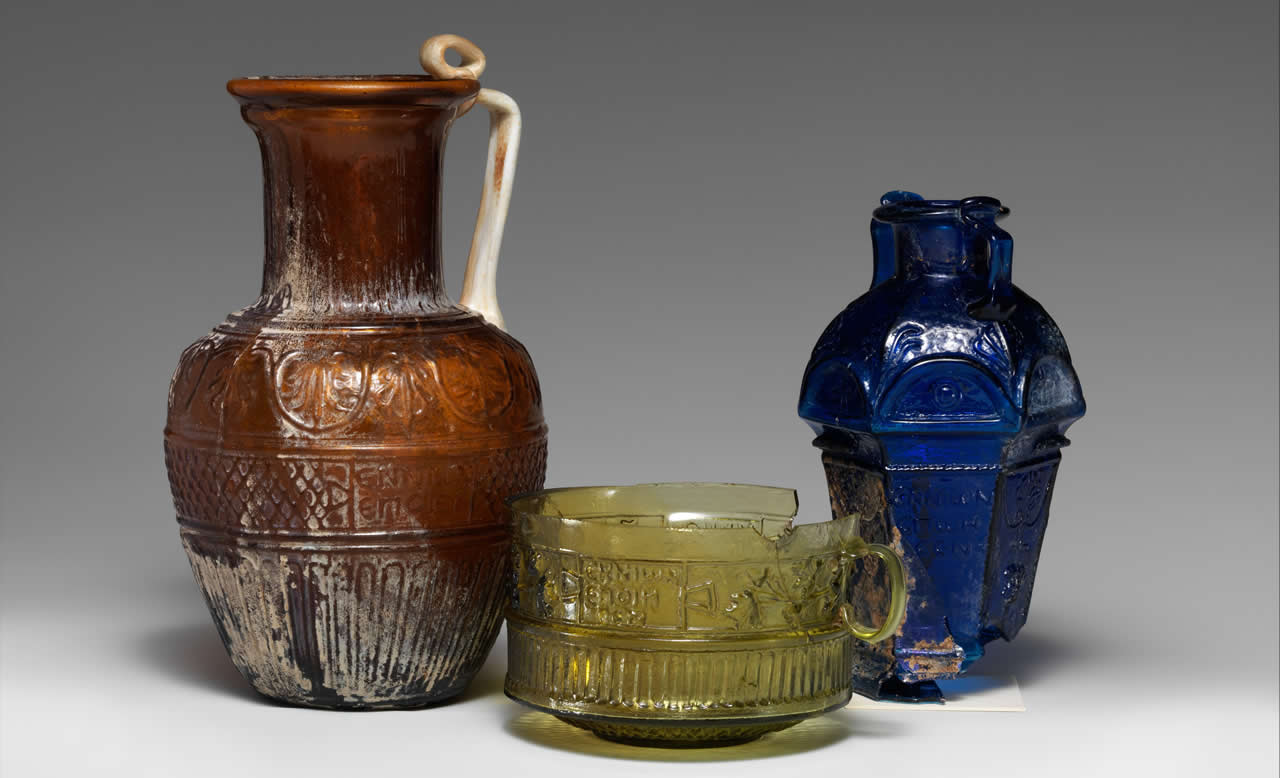

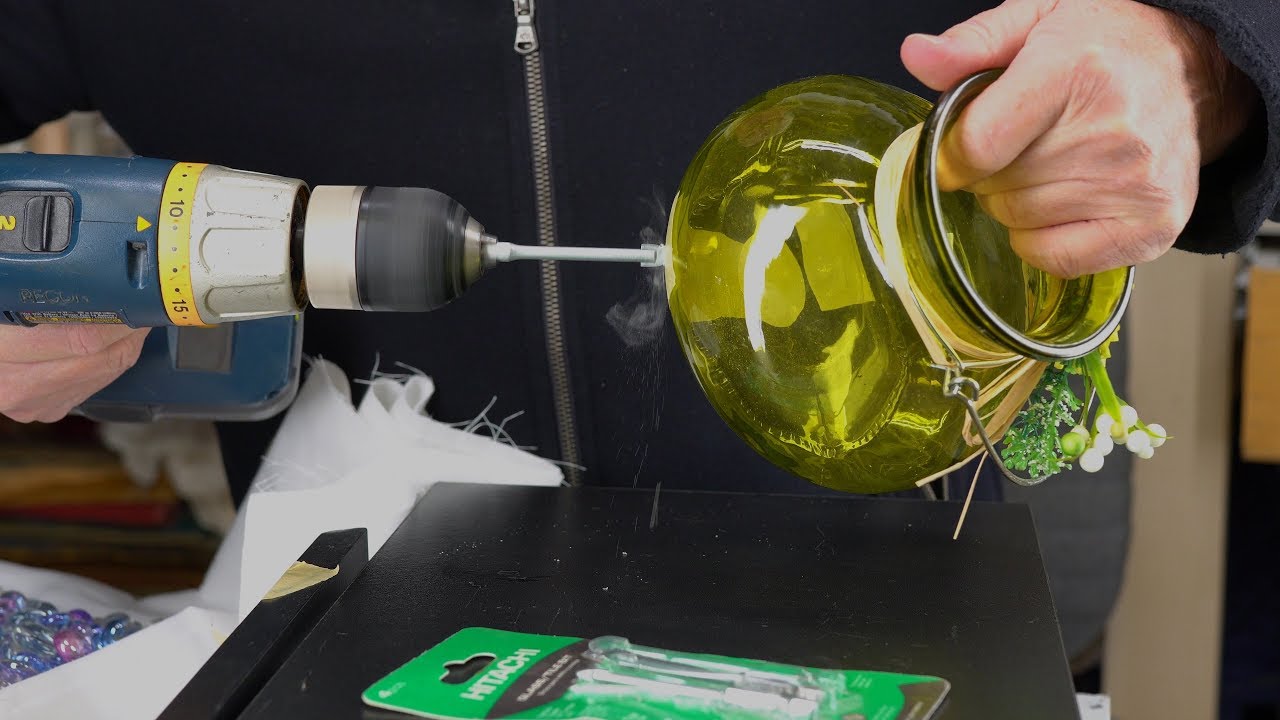
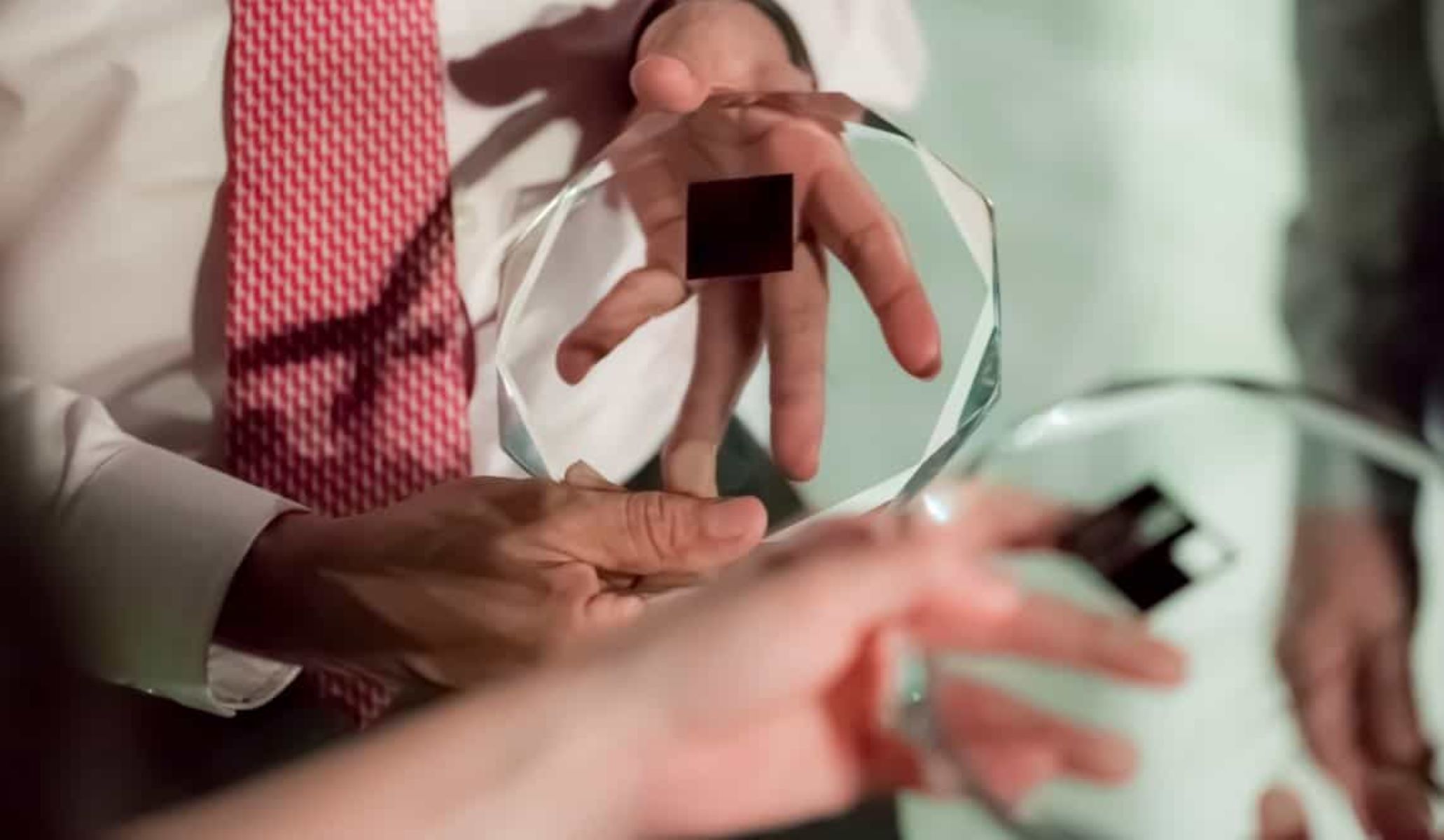
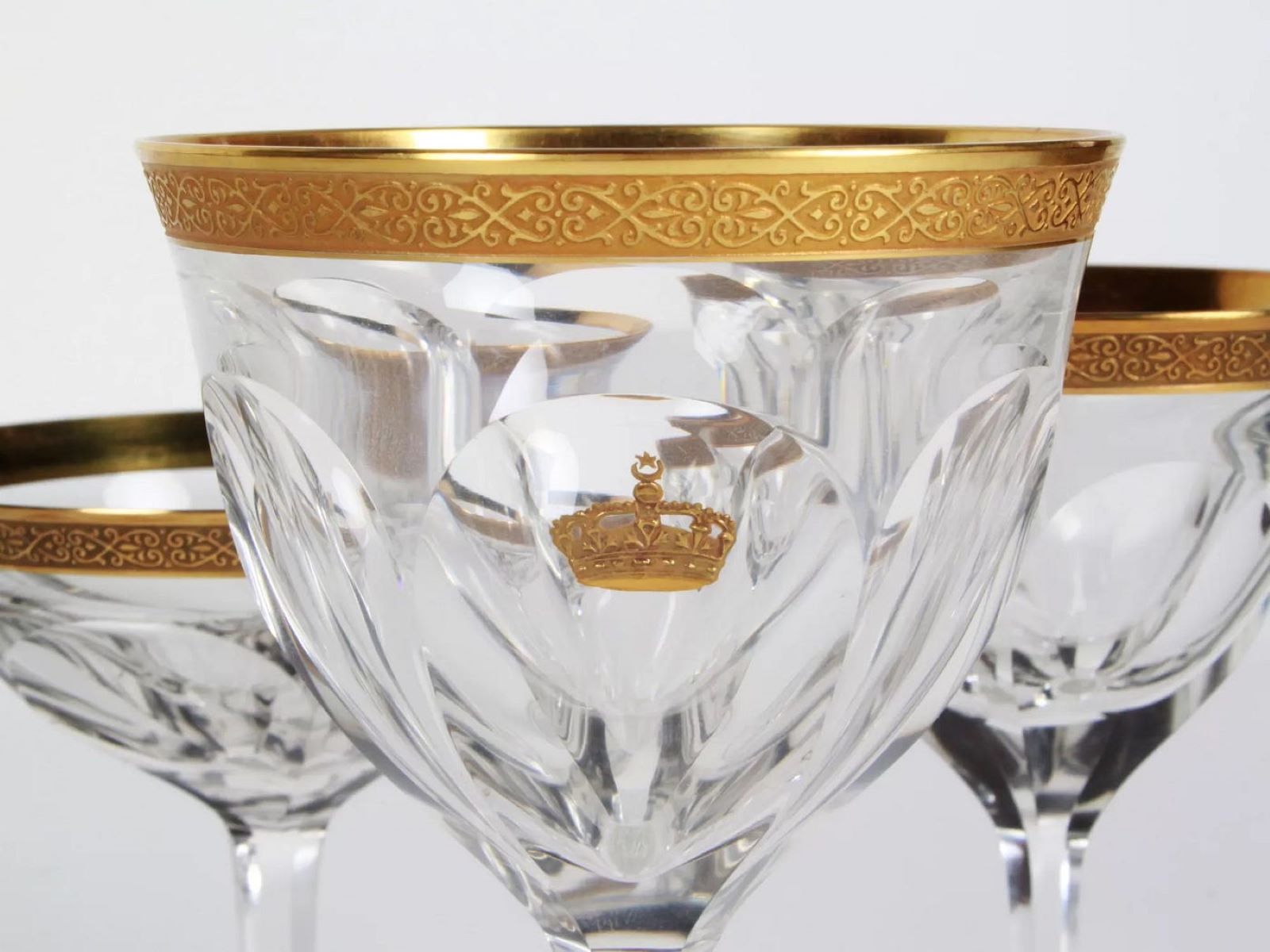
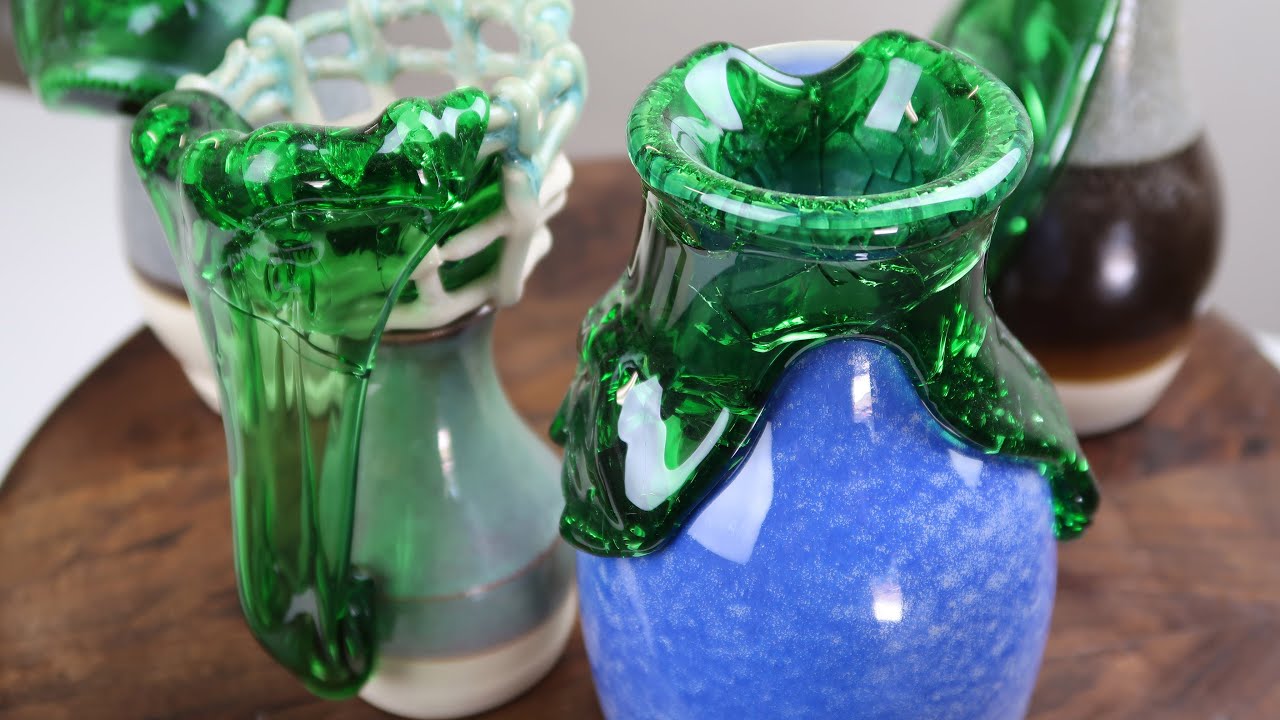

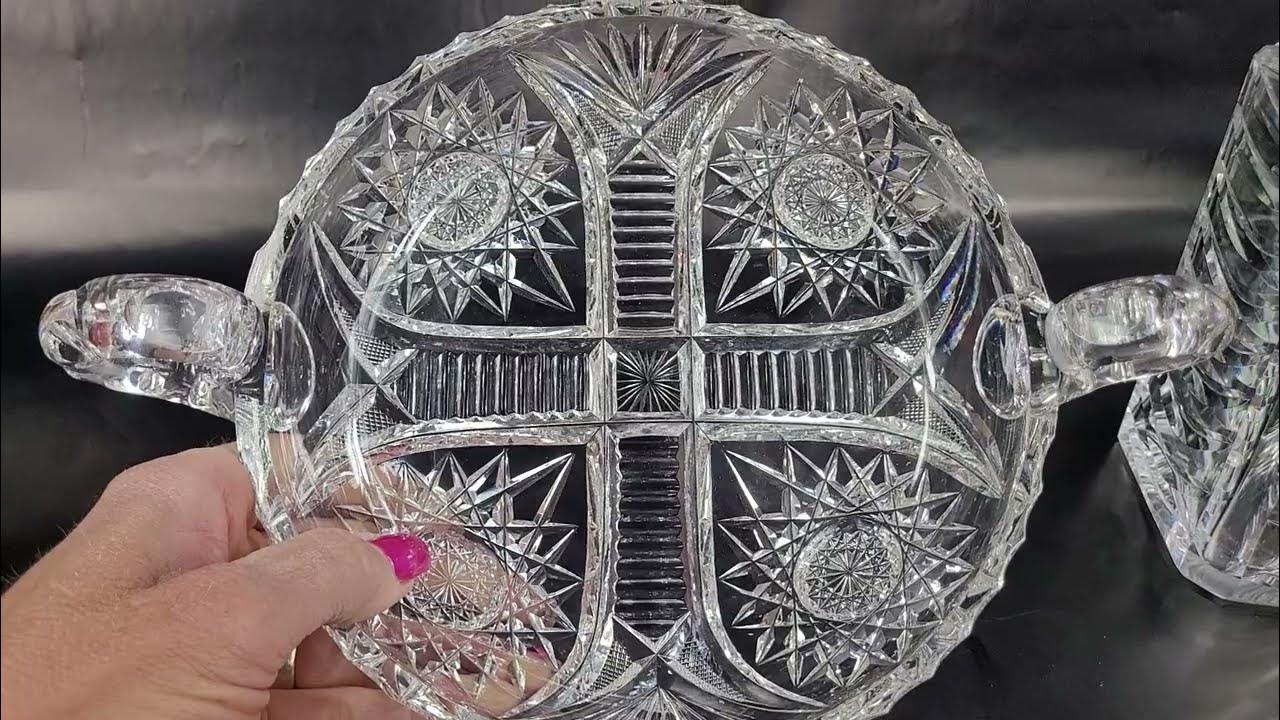
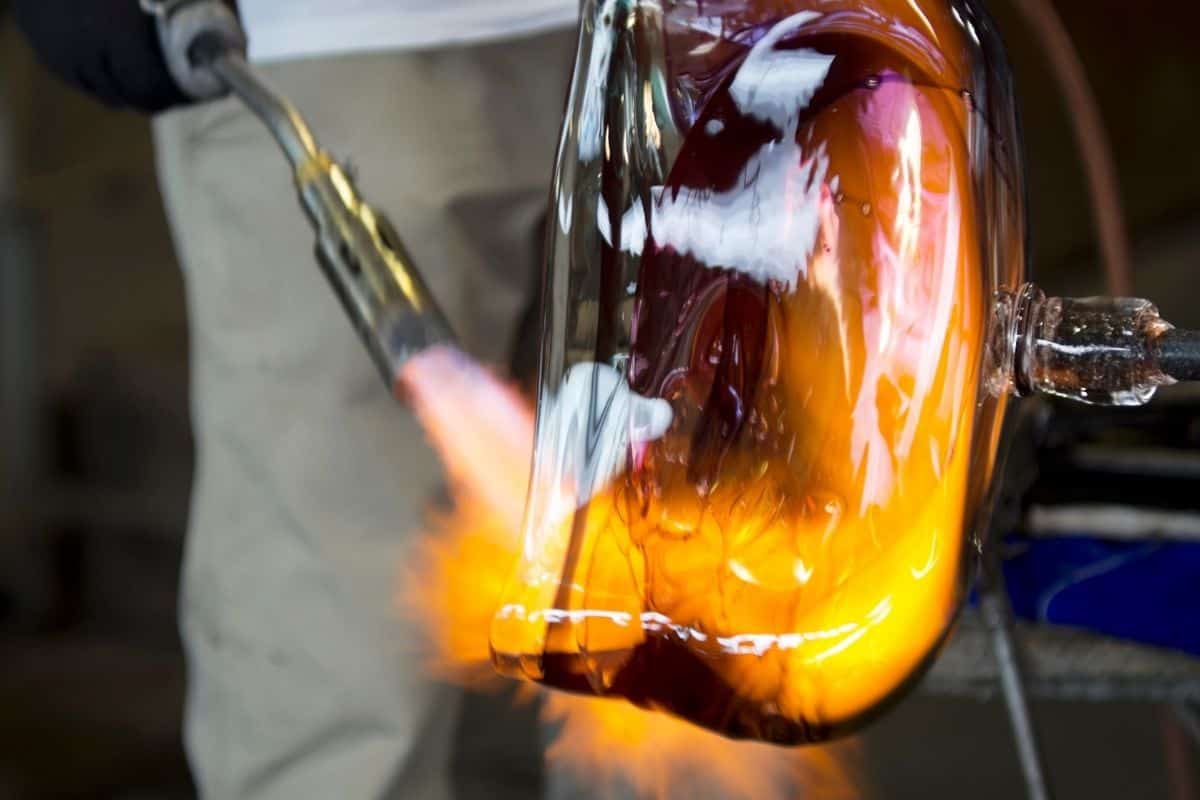
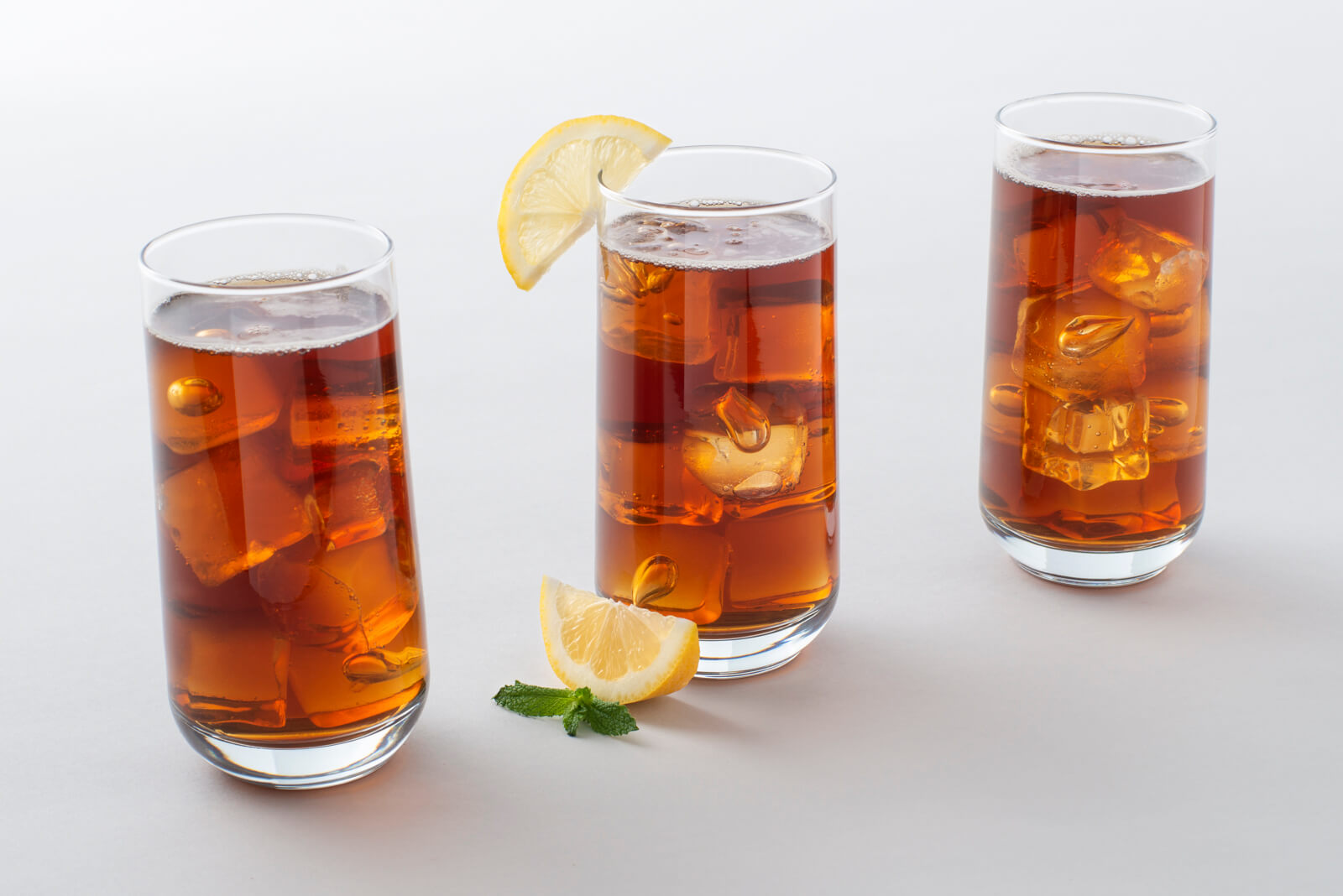
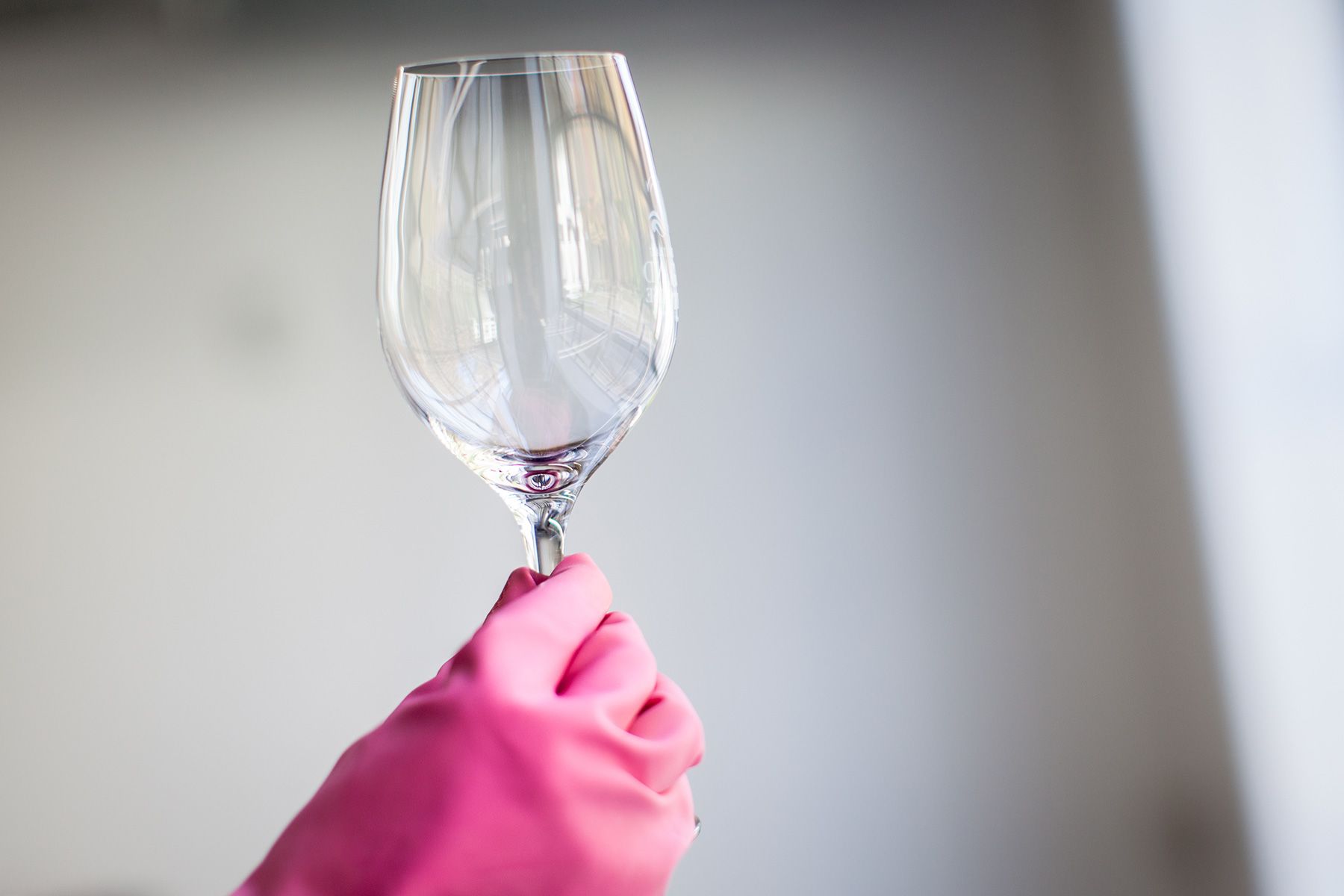

0 thoughts on “What Is Crystal Glass”